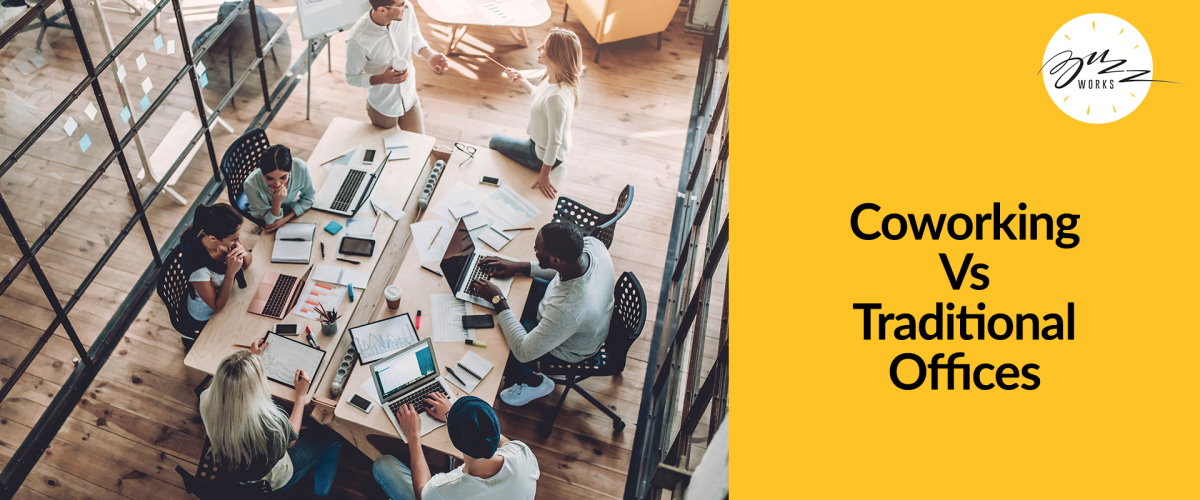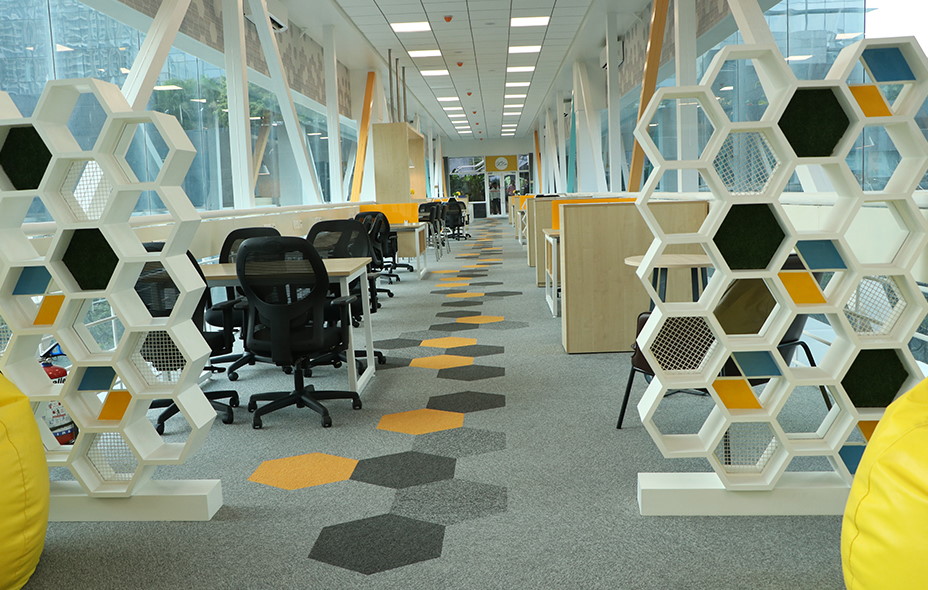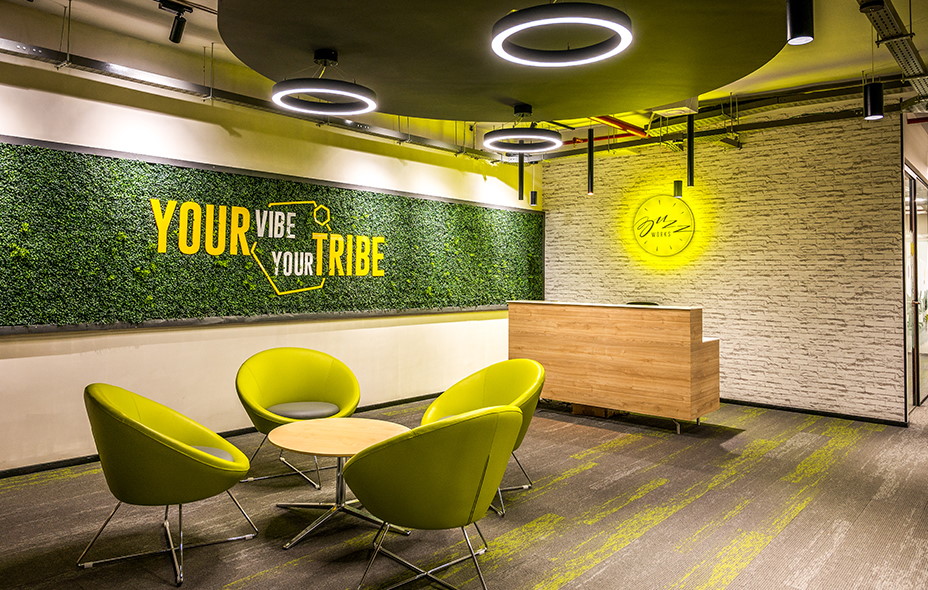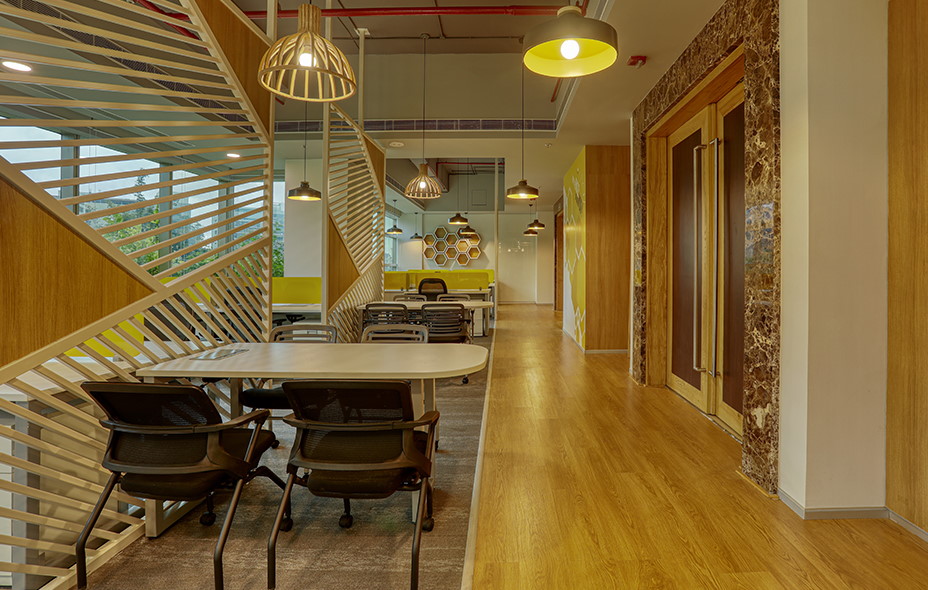Over the last decade, the concept of coworking has created a significant ripple across the professional ecosystem worldwide. Today, it isn’t just start-ups, freelancers and digital nomads who choose coworking over traditional office spaces, but also Fortune 500 companies and multinational corporations with no financial constraints. This indicates that coworking is no longer only viable to those who need to cut costs; it presents clear advantages over traditional office spaces for professionals across the board.
Why are companies today making the shift from traditional offices to coworking spaces? Let’s break down what coworking brings to the table, and why its advantages are particularly relevant to the modern working world.
Networking
In a traditional office, one is only likely to interact with a small pool of people daily – that is, the colleagues of that particular organization. While it is likely that one may encounter new people at meetings or events, these occasions may be rarer than desirable.
In coworking spaces, every member is automatically a part of a diverse, creative and constantly evolving crowd of professionals. It becomes easy for a start-up to find investors or other employees, for freelancers to find future clients or collaborators, or for company workers to find other like-minded individuals to share information and techniques with. The ease and joy of networking is probably coworking’s greatest advantage when compared to traditional offices.
Infrastructure

Having an office brings with it an added responsibility: one must take care to ensure that it is equipped and constantly updated with requisite facilities.
A standard office must have meeting rooms, conference rooms, high-speed internet, pantry services and much more to generally keep its employees happy, and for day-to-day functions to go smoothly. Getting these factors in place can often be a time-consuming and expensive task. As technology progresses at breakneck speed, it is also important that the office can keep up – whether it means adding tools to systemize functions, or simply increasing the internet speed.
Set-up time
A traditional office generally takes at least 2-6 months to set up – from getting furniture and interiors in place, to equipping it with the requisite resources and facilities. The space has to made workable from scratch, and the time that needs to be invested to achieve this can be a disadvantage for many start-ups and organizations who wish to become operational at the earliest.
Coworking spaces offer a ready-made set-up to working professionals without the added effort of building these facilities from the ground up. Most coworking spaces are managed, offering high-speed internet, meeting rooms, conference rooms and more, along with taking on the responsibility to update facilities from time to time without any added effort from the community that occupies it.
Cost-saving
A traditional office doesn’t just require rent payments – it also requires furniture, interiors, fixtures, and maintenance costs. One must hire employees for cleaning, pay bills for electricity, water, etc, and in general spend a lot more money in order to keep the office up and running on a day-to-day basis.
With coworking, the only cost incurred is the plan chosen by the customer. Besides this expenditure, all other factors are taken care of: furniture, interiors, maintenance and bills. Coworking spaces also allow you to only use the spaces, desks and resources you need at the time, whereas for many traditional offices it becomes a necessity to plan for the future, and pay for resources you may not end up using. This leads to a great cost-cutting advantage, especially for freelancers or start-ups.
Accessibility to talent
Running a successful business is often impossible without the support of a talented team of employees. Many small businesses and new ventures often struggle to find the right people to fit into the mission and vision of their business. With traditional offices, an employer must start from the bottom – relying only recruitment services, online/offline ads or simply the pure luck of being contacted by the right person at the right time.
Coworking spaces place you in the hub of young, professional and creative talent. One is not just surrounded by diverse, talented people with a number of skill-sets, but also connected to a larger network of people through the coworking community in general. This allows a budding business to quickly find and hire the right people without wasting too much time.
Community

No matter how many employees a traditional office may have, it is still ultimately a closed community. Larger corporations may employ hundreds or thousands of people, but these larger numbers are often not in contact with each other, with each employee working in silos across the world. For smaller companies or start-ups, a traditional office may only contain 5-25 people, outside of which there is no engagement with other professionals.
On the other hand, coworking spaces don’t just place one amidst a community of people, but also constantly create community engagement with events, seminars, lectures and more. This allows one to meet, learn, be inspired by and collaborate with professionals of different fields. Furthermore, many coworking spaces are present in numerous cities across the country, and connect the communities of each location through apps and social media channels. This way, a single coworker can be share information and gain knowledge with a vast community of people.
Ultimately, the decision of whether coworking or a traditional office works better for your business depends entirely on the specific requirements of your business and your employees. It requires a weighing of the various pros and cons, which are different for every company. The fast-paced, digital world we live in today presents presents new opportunities constantly, and since coworking is a concept that is perpetually evolving with technological development, choosing coworking may equip you to handle many challenges the future brings.




